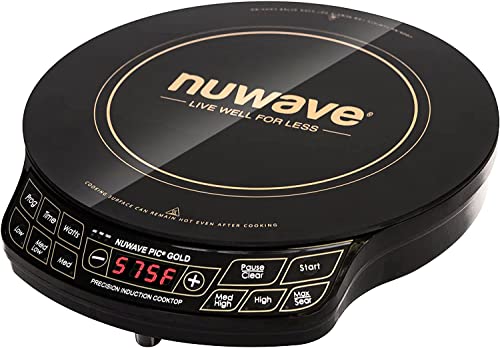WanderingCanuck
Well-known member
So I'm thinking that if I limit the scope to FLA for now, perhaps the most cost effective option to charge from shore power would be a power converter/charger. With that I should be able to keep the fridge on the same circuit while charging too - if I understand the function correctly.
Links to some of them I'm interested in:
45A, CDN$ 291.78 + ~$12 shipping
https://www.amazon.ca/Progressive-Dynamics-PD9245CV-Inteli-Power-Converter/dp/B000GANZZ6
45A, CDN$ 198.24 & FREE Shipping
https://www.amazon.ca/IOTA-Engineering-Converter-and-Charger/dp/B0030GA42A
45A, CDN$ 205.14 & FREE Shipping
https://www.amazon.ca/PowerMax-PM4-45A-Converter-Battery/dp/B01ER3LH3O
Seems to me any of the above should be better than the poor excuse for a charger I have now. I've looked at some of the high end recommendations, and although I really like the idea of being programmable I have trouble justifying CDN$ 500 or more for something that may become surplus to my needs before long. I'm sure that the electronics constitute a lot of the cost, but I think the pretty packaging has to be a big factor as well, catering to the high end boat market as they do. Any reason not to let the lowest price make the decision for me? Any similar options that I'm overlooking, maybe better value? (which doesn't necessarily mean lower price).
Am I processing this correctly? It meets the needs of my current situation, with easy shore power availability and in the future I should be able use any of the above on a generator to do the 50% -> 80% (or thereabouts) charge if/when needed. I'd still need the other feasible power sources like solar and alternator and figure this could work for me. If not, that's when I go lithium - mostly for the high rate of charge. But that's another topic, and at least a few years distant.
One final question to tack onto this. I get it that these batteries like to be returned to full SOC "after discharging", but what does this mean? If I'm running only my fridge on it constantly for 4-5 days before charging it back up to 100% is that going to be a factor limiting the battery longevity? Or is it when they sit at a partial discharge state that the problem exists? I'm still collecting data, but I don't think I'm dropping below 50% after this period of time. I'll know more by the end of the week.
Again, thanks (John61CT in particular), and I'm glad to see that this is helping some others too (Max).
Links to some of them I'm interested in:
45A, CDN$ 291.78 + ~$12 shipping
https://www.amazon.ca/Progressive-Dynamics-PD9245CV-Inteli-Power-Converter/dp/B000GANZZ6
45A, CDN$ 198.24 & FREE Shipping
https://www.amazon.ca/IOTA-Engineering-Converter-and-Charger/dp/B0030GA42A
45A, CDN$ 205.14 & FREE Shipping
https://www.amazon.ca/PowerMax-PM4-45A-Converter-Battery/dp/B01ER3LH3O
Seems to me any of the above should be better than the poor excuse for a charger I have now. I've looked at some of the high end recommendations, and although I really like the idea of being programmable I have trouble justifying CDN$ 500 or more for something that may become surplus to my needs before long. I'm sure that the electronics constitute a lot of the cost, but I think the pretty packaging has to be a big factor as well, catering to the high end boat market as they do. Any reason not to let the lowest price make the decision for me? Any similar options that I'm overlooking, maybe better value? (which doesn't necessarily mean lower price).
Am I processing this correctly? It meets the needs of my current situation, with easy shore power availability and in the future I should be able use any of the above on a generator to do the 50% -> 80% (or thereabouts) charge if/when needed. I'd still need the other feasible power sources like solar and alternator and figure this could work for me. If not, that's when I go lithium - mostly for the high rate of charge. But that's another topic, and at least a few years distant.
One final question to tack onto this. I get it that these batteries like to be returned to full SOC "after discharging", but what does this mean? If I'm running only my fridge on it constantly for 4-5 days before charging it back up to 100% is that going to be a factor limiting the battery longevity? Or is it when they sit at a partial discharge state that the problem exists? I'm still collecting data, but I don't think I'm dropping below 50% after this period of time. I'll know more by the end of the week.
Again, thanks (John61CT in particular), and I'm glad to see that this is helping some others too (Max).









































































